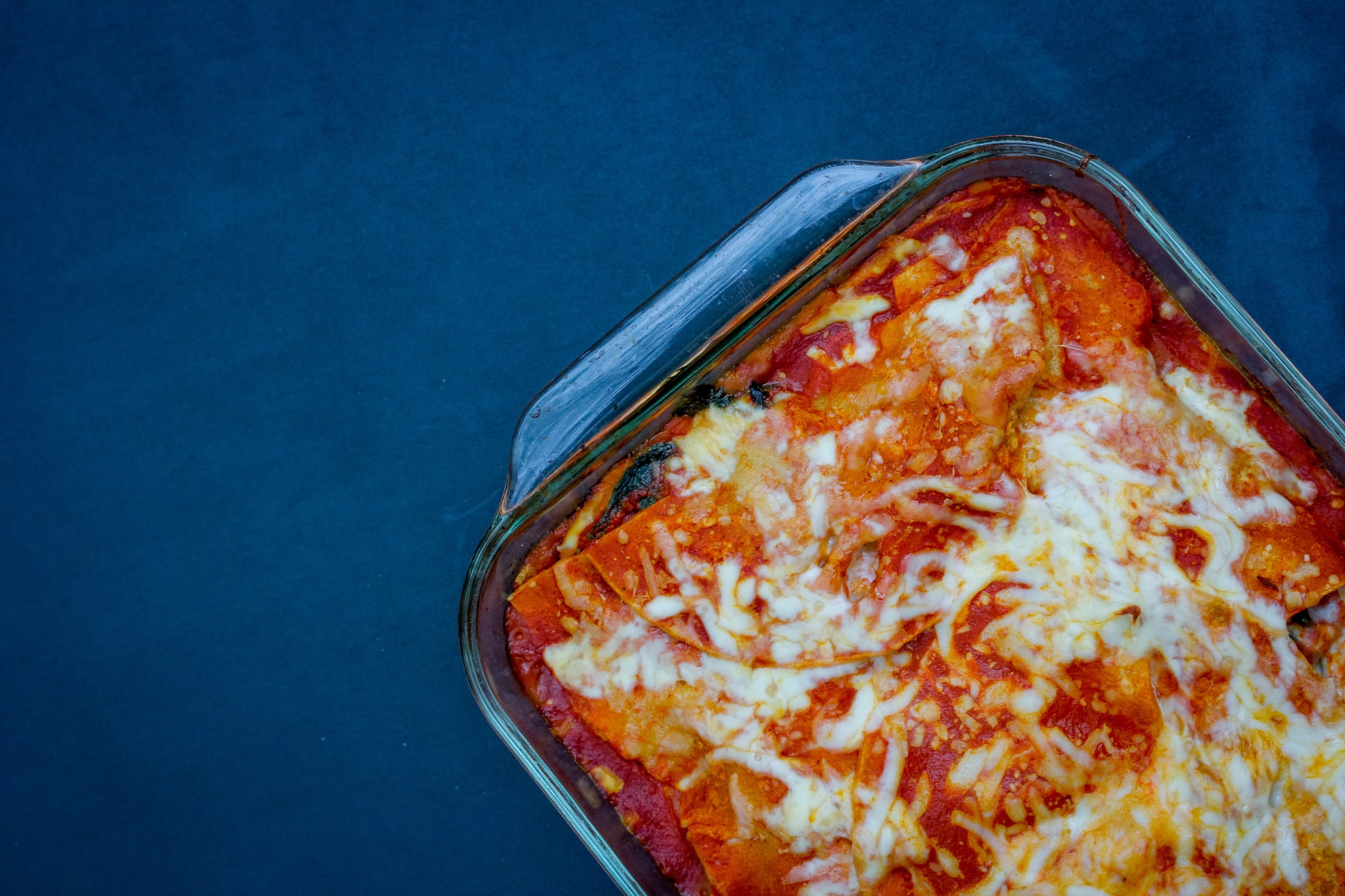Let’s be honest. Come 5:30, how many of us throw open the fridge and hope something will shout, “I’M YOUR DINNER!”? Then, disheartened, we close the door and resort to pizza or take-out or Lean Cuisine . . . again. Having a well-stocked pantry can help you break that cycle by giving you the ability to transform whatever looks back at you from the fridge into a wholesome, home-cooked meal. Here's how to build a pantry to nourish a healthier you.
 Cooking oils. No matter whether it’s a head of broccoli or leftover chicken thighs in the fridge, a drizzle of oil in a hot sauté pan can transform it into something magnificent. Choose healthy oils like extra-virgin olive oil, expeller-pressed canola oil and peanut oil as your basics. Others, like walnut and toasted sesame oil, are great as finishing oils for adding depth of flavor.
Cooking oils. No matter whether it’s a head of broccoli or leftover chicken thighs in the fridge, a drizzle of oil in a hot sauté pan can transform it into something magnificent. Choose healthy oils like extra-virgin olive oil, expeller-pressed canola oil and peanut oil as your basics. Others, like walnut and toasted sesame oil, are great as finishing oils for adding depth of flavor.
A variety of vinegars. It may sound extravagant, but I heartily advocate for a half-dozen vinegars in your pantry. Sure it’s an investment initially, but the shelf-life of vinegar (unlike oils) is virtually infinite. My ideal spread includes good white and red wine vinegar, Champagne vinegar, balsamic vinegar, cider vinegar and sherry vinegar. You’ll be amazed how the variety zips up your vinaigrettes (and your desire to make homemade dressing). And don’t be afraid to use them in sauces or even as a braising liquid.
Whole grains and dried beans and legumes. Wholesome, quick-cooking starches like whole grain pasta and couscous, bulgur and farro make a substantial base for a variety of dishes in under half an hour. Dried beans can be soaked and cooked in about the same time using a pressure cooker, and many legumes, like lentils, cook in about 20 minutes on the stove top.
Canned beans and veggies. These are your secret weapon for rounding out a meal. Whip up a quick pasta sauce with diced tomatoes, turn a simple sauté into a hearty dish with canned beans, add a splash of coconut milk to a stir-fry to keep it from becoming ho-hum.
Stock. I go through about a quart of stock a week. I use it to deglaze sautés and stir-fries, I use it to stretch oil-based pasta sauces, I use it to braise anything from chicken to endive, and as a base for quick soups. I find having chicken, beef and mushroom stock (for vegetarian options, I prefer mushroom stock over vegetable stock, which can taste like smushed carrots to me) on hand leaves me well-prepared for whatever the fridge presents.
Basic aromatics. If you eschew the Champagne vinegar, fine. If you skip on the bulgur or mushroom stock, that's OK. But don’t let your pantry go without at least one head of garlic, one onion and shallot, and a knob of fresh ginger at all times. Those are like the primary colors of your pantry palette.
Spices. If the aromatics are your primary colors, spices are the rest of the rainbow. Yes, grinding (and oftentimes toasting) your own spices is preferable to shaking them out of a jar, but in all honesty, I don’t do that unless I have an abundance of time. Instead, I rely on small jars (so they stay fresh) of basic spices like cumin, coriander, cayenne (I noticed when I was organizing my spices recently that a disproportionate number start with C . . . hmmm), chile flakes, cinnamon, curry powder, bay leaves, fennel seeds (which I do take time to crush in my mortar and pestle), nutmeg and oregano. If you want to expand a bit further you could include cardamom (like a heady, perfumed cinnamon), juniper berries (great with duck and pork), turmeric, fennel powder, five-spice, allspice and star anise. Beyond that there are a slew of other spices and mixes, like various chile powders, sumac and zaatar. As a general rule, if a spice smells musty or dusty, toss it.
Salt. I’m a sucker for salt. It may sound simplistic, but having a medium-grained crystal salt (like kosher salt) to cook with and a separate, coarser salt to sprinkle on almost as a condiment has changed everything in my kitchen. And I continue to learn about how different finishing salts—red Hawaiian, black Cyprus, pink Brittany—each have a distinct flavor and texture that can be used to enhance a dish. If your market carries various salts in bulk (which, pinch me, mine just started doing), I encourage you try a few. At the very least, stock kosher salt and a simple finishing salt like Maldon.
Nuts. Nuts, like beans, are another one of those satisfying, protein and fiber-packed add-ons. I like to keep peanuts, walnuts and pecans on hand, which can span from stir-fries to salads.
And . . . A few other also-nices are a jar of raw, unfiltered honey (a staple in many of our vinaigrettes); dried chiles and mushrooms; and a variety of cooking wines like dry red and white, marsala, mirin (sweet rice wine), sake and Shaoxing rice wine.













